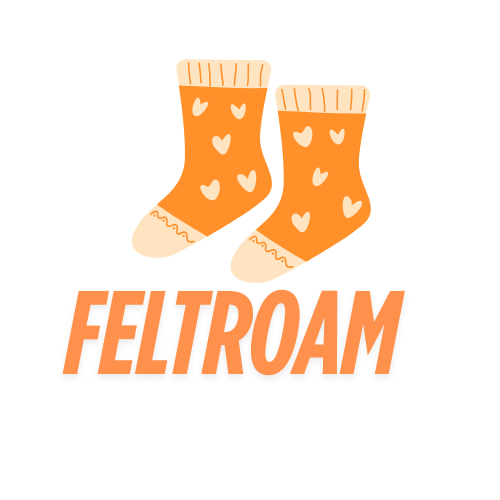Introduction
As environmental concerns intensify, consumers are scrutinizing the sustainability of their purchases. Handmade wool felted socks stand out as eco-friendly alternatives to synthetic counterparts, embodying principles of ethical production and environmental stewardship.
Eco-Friendly Materials
Wool is a renewable resource, with sheep producing new fleece annually. When sourced responsibly, wool production has a relatively low environmental footprint. Moreover, wool is biodegradable, decomposing naturally without releasing harmful microplastics.
Low-Impact Production
The felting process, especially when done by hand, consumes minimal energy compared to industrial manufacturing. Artisans often use natural dyes derived from plants, reducing chemical pollution. Additionally, the longevity of felted socks means fewer replacements, leading to reduced consumption.
Supporting Local Economies
Purchasing handmade socks often supports local artisans and small businesses. This not only bolsters local economies but also preserves traditional crafting techniques that might otherwise be lost.
Animal Welfare Considerations
Ethical wool sourcing ensures that sheep are treated humanely. Certifications like Responsible Wool Standard (RWS) provide guidelines for animal welfare, land management, and social responsibility.
Consumer Awareness
Educated consumers are driving demand for transparent supply chains. Brands producing handmade felted socks often share stories about their sourcing, crafting processes, and the artisans behind the products, fostering trust and connection.
Conclusion
Handmade wool felted socks exemplify how fashion can align with sustainability and ethics. They offer consumers a product that’s not only functional and beautiful but also kind to the planet and its inhabitants.
